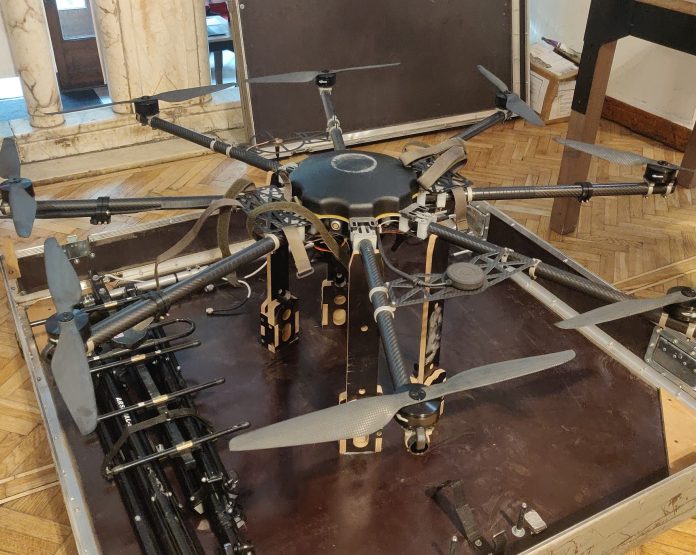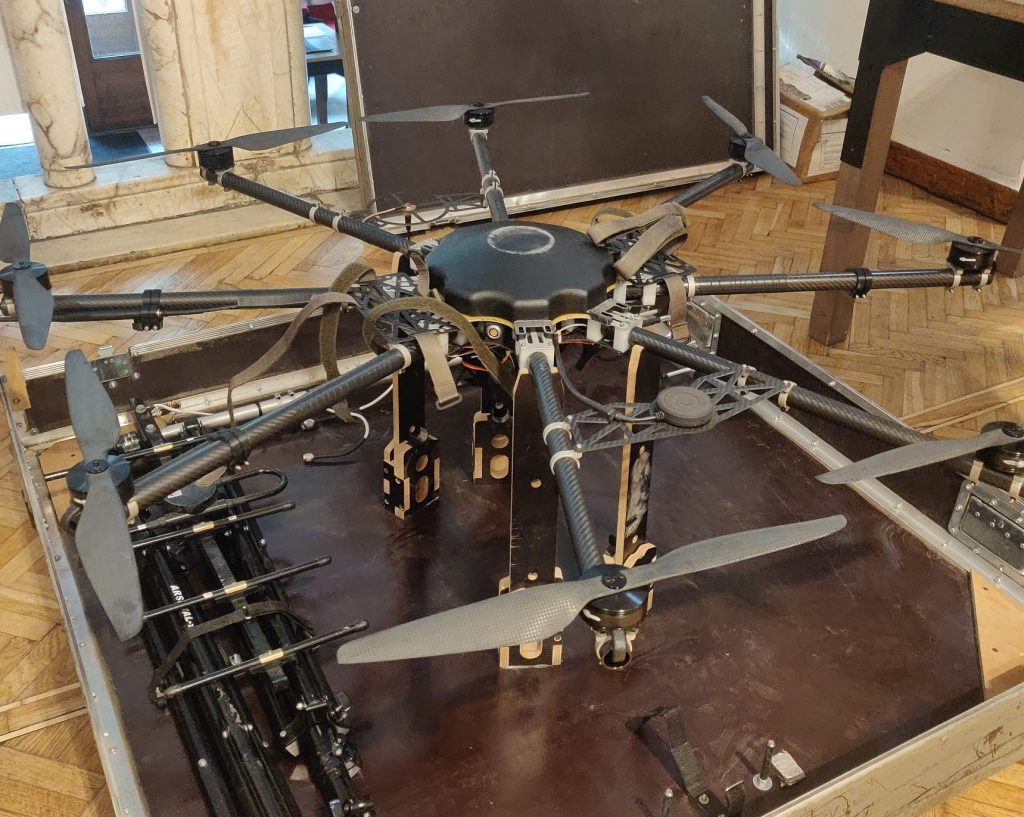
Ukrainian President Volodymyr Zelenskiy’s insistence on not yielding the Donbas is more than a political position rather, it’s an informed military decision based on the changing technology balance on the battlefield. “For the Russians, Donbas is a bridgehead for a future new offensive,” he told reporters in Kyiv, cautioning that relinquishing the Donbas would destroy hard-earned defenses and leave open a direct route to recapturing Russian territory. His remarks come ahead of a summit between U.S. and Russian leaders, with Moscow insisting on Ukrainian withdrawal from the regions of Donetsk and Luhansk as a pre-condition to an agreed ceasefire.
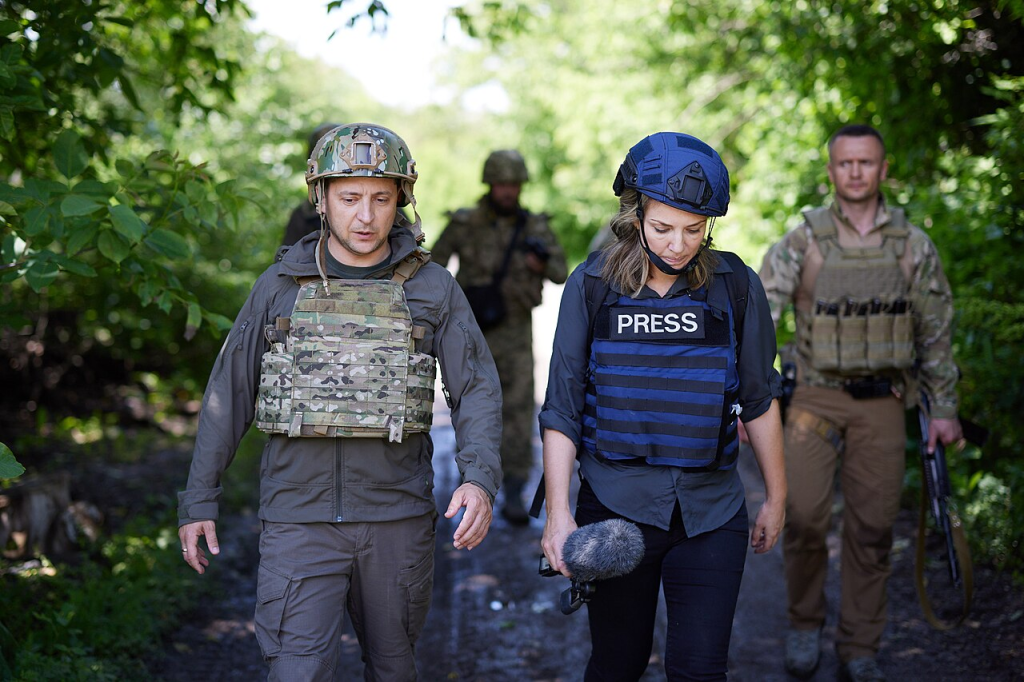
1. Timeline for Russian Buildup and Offensives
Ukrainian intelligence assessments suggest that Russia is transferring about 30,000 troops from the area of Sumy to Zaporizhzhia and Donetsk, seeking to have assault brigades available by September, and other formations possibly established by November. These deployments fit Russia’s new model of intense advances in several directions to generate the illusion of momentum before major diplomatic meetings. Russia has deployed in excess of 110,000 troops alone in the Pokrovsk direction, accompanied by constant drone and artillery bombardments intended to pull Ukrainian defenses thin.
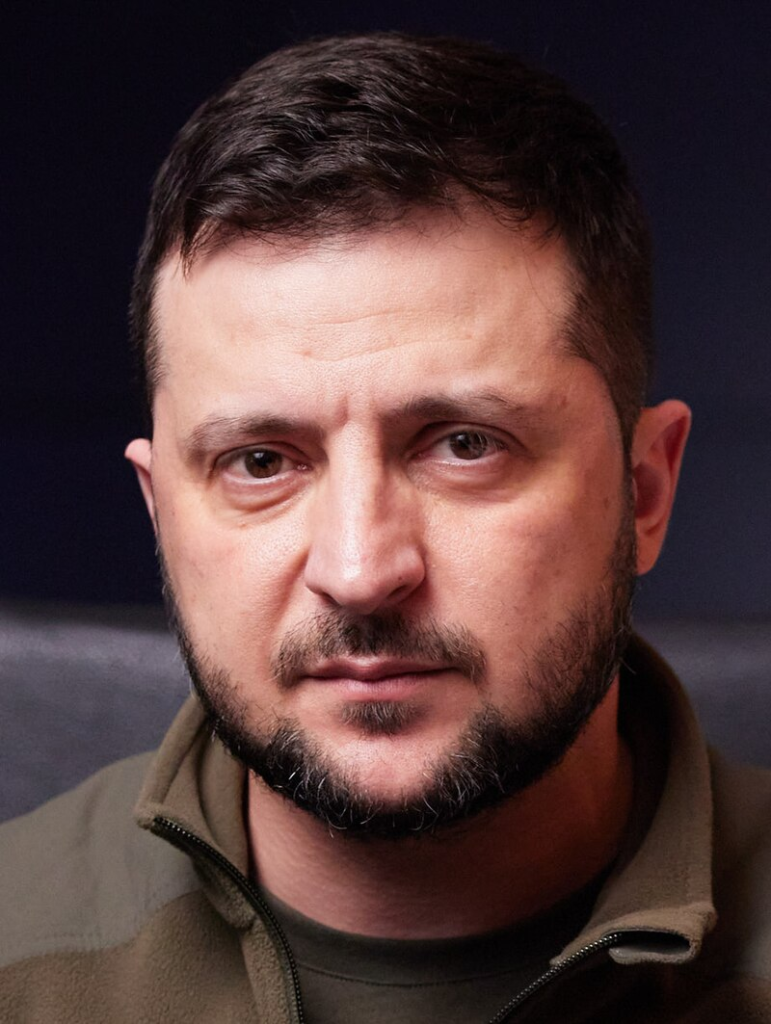
2. Disparity in Artillery and Its Tactical Effect
Zelenskiy conceded that Ukraine continues to be significantly outgunned in artillery, 1:2.4. Though less detrimental than some initial-war estimates, this disparity remains significant, especially in positional combat where extended gunfire settles control of disputed areas. Observers point out that sheer numbers of shells are misleading without considering accuracy, targeting information, and counter-battery fire areas where Ukraine has tried to compensate for numerical disadvantage with technology.
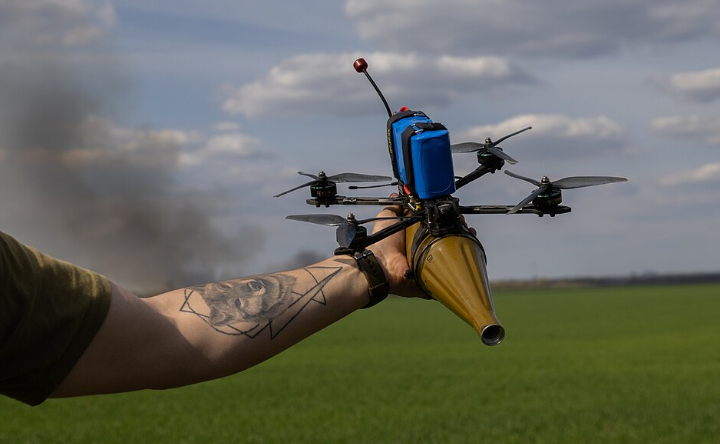
3. FPV Drones as a Force Multiplier
Ukraine’s present strength is in First-Person View (FPV) drones, deployed at a rate of 2.4:1 against Russian troops, maybe 2.5:1 with ally funding. Quadcopters usually weighing up to 1.5 kilograms of explosive payload enable pilots using VR goggles to control them with accuracy into enemy lines. Their average range stands at 5–15 kilometers, but new Ukrainian designs have grown to 13-inch frames to transport heavier loads or more sensors.
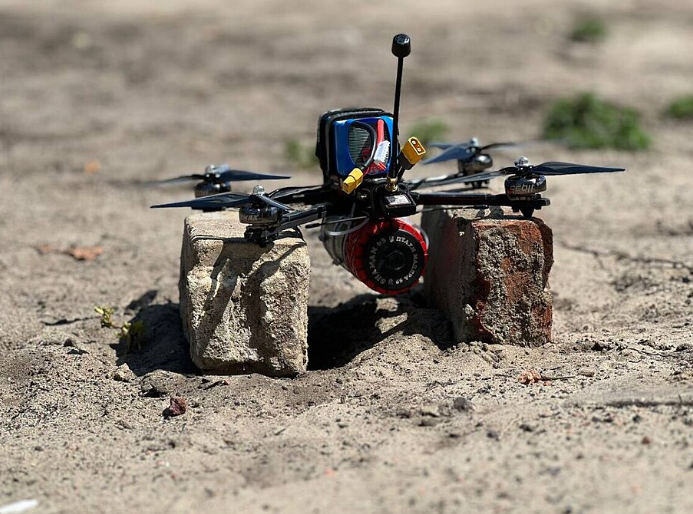
4. Technical Realities and Constraints
Experience in combat has demonstrated that FPV drones are less than perfect. The field statistics of Ukrainian troops indicate that only 20–30 percent of all mission sorties succeed as a strike when considering weather, electronic jamming, and technical failures. Typical malfunctions include in-flight battery exhaustion, warhead detonation system failures, and loss of radio link during close proximity to terrain obstacles. The lack of GPS or inertial navigation in the majority of models compels operators to use terrain knowledge and direct verbal instructions from navigators.
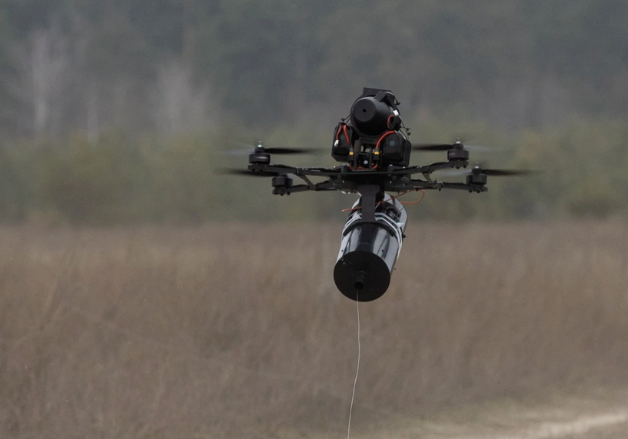
5. Russian Adaptations: Fiber-Optic Drones
Russia has responded by introducing jam-proof fiber-optic FPV drones, with conventional electronic warfare systems unable to detect them and electronic warfare systems being unable to jam them. Units like the Rubicon group have employed these to strike Ukrainian rear zones, pushing cables through urban or forest terrain to drop explosives directly into dugouts. These with ranges of up to 30 kilometers sacrifice maneuverability for signal security, as snagging or entangling the cable can lead to instant loss of control.
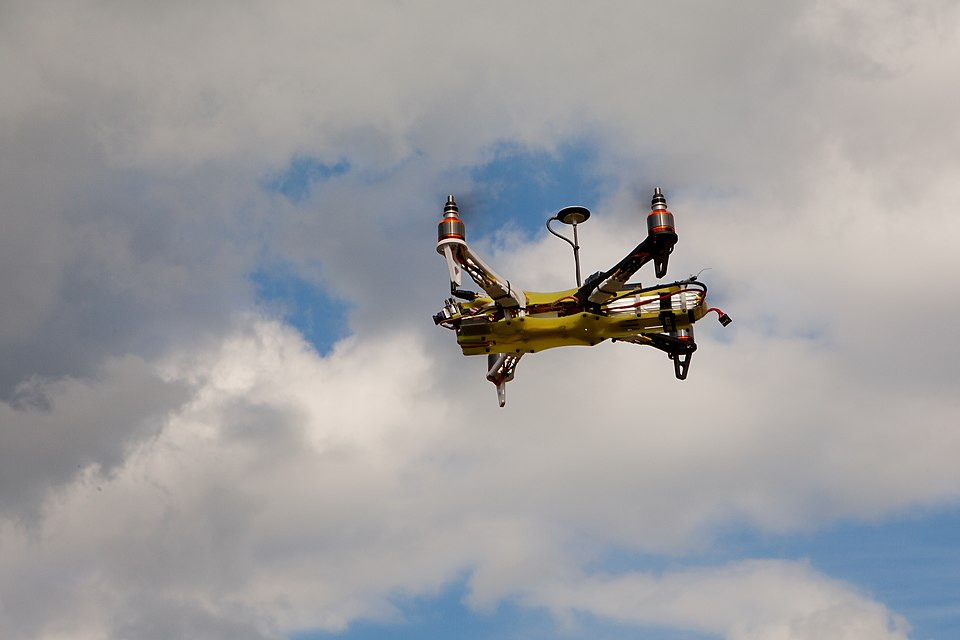
6. Countermeasures and the Cycle of Innovation
Ukrainian countermeasures vary from low-tech shotguns and cable-cutting equipment to high-priced AI-driven automated turrets with radar-aimed targeting. The accelerated cycle of adaptation by both sides has created innovations like “mothership” fixed-wing drones that eject multiple FPVs during flight, and fiber-optic-controlled “sleeper” drones that are set for days and then spring into action. This faster cycle has reduced the time window for any one technology to have its heyday before a countermeasure is developed.
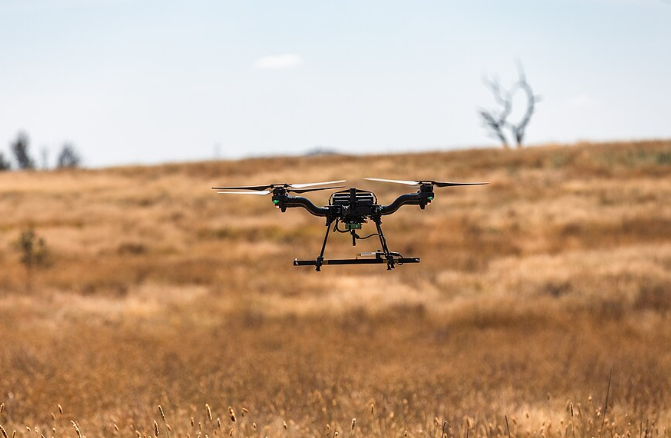
7. Strategic Function of Drones in Today’s Offensive
Russian troops are increasingly employing FPV and Geran-type drones in battlefield air interdiction against Ukrainian ground lines of communication in the depth. Targeting critical highways like the T-0514 and T-0515 has compelled Ukrainian forces to divert logistics, adding pressure on supply schedules. Sustained drone pressure, even without significant territorial accomplishment, can undermine defensive unity and preparedness before a significant push.
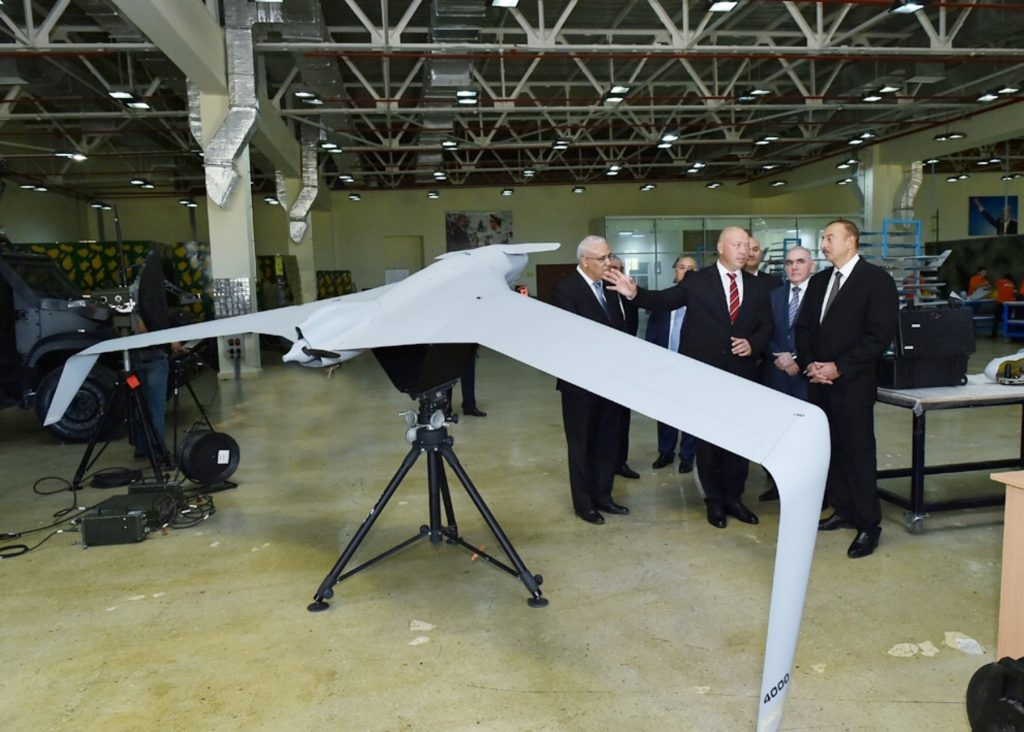
8. Integration with Broader Defense Planning
Ukraine’s $1–1.5 billion a month U.S. weapons buying plan not only covers artillery and air defense but also increased drone production. European allies, through channels such as NATO’s new defense funding programs, will be expected to provide for industrial-scale production of both FPV and counter-drone systems. The goal is to preserve the existing drone advantage while closing the artillery gap, providing that any Russian attack faces a layered defense of precision fires, electronic warfare, and unmanned systems.
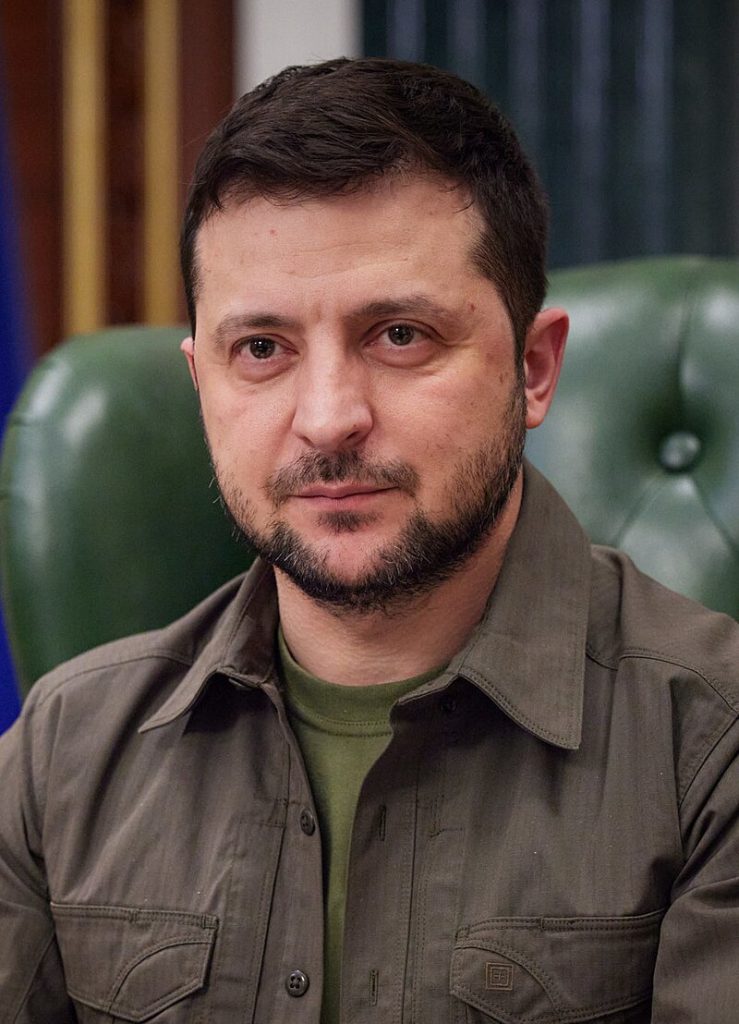
With Zelenskiy set to sit in on an advance call with U.S. and European leaders, the battlefield math is simple: winning Donbas is as much about maintaining a technological advantage as it is about manpower or square miles. In a conflict where both armies have evolved quicker than in any recent war, the next chapter will determine whether the drone superiority of Ukraine can neutralize Russia’s packed fronts before they engage the key terrain.
